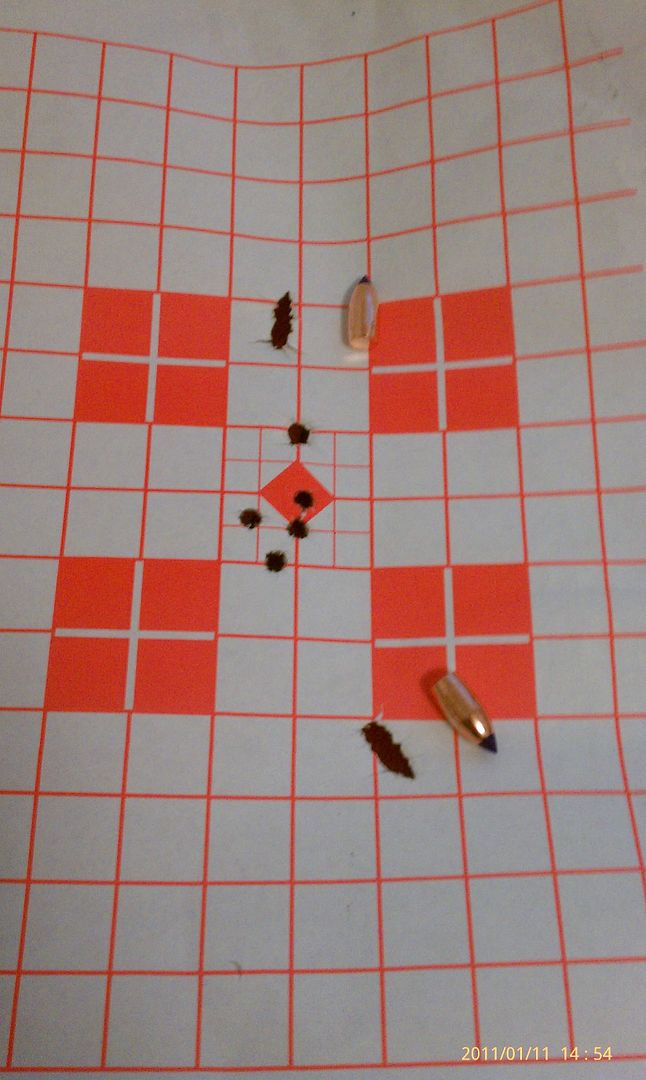Yes indeed, my .40 is a 1:48, but the same barrel from the same maker in a larger caliber can be as slow as 1:72.
Now Folks, it's not just the rate of twist...
The type of rifling, round bottom or square bottom, the depth of the rifling, the width of the grooves vs. the lands, and the purpose for the barrel ALL influence what rate of twist one might wish.
It was determined by the British Ordinance Board in the 18th century, that a 1/4 turn of the ball prior to exit from the barrel would stabilize the ball sufficiently for their purposes, and reduce the problems of fouling in the barrel because of the slow twist. So the 30" Baker rifle may have orginally had a 1:120 twist rate, for a .610 ball. This was for a military rifle, with much different needs than a target or hunting piece.
The British Enfield was such an accurate rifle it was used for sniping in the Civil War, firing a Minié ball, a conical bullet, with a slow twist rate. Pedersoli repros of the 3-band Enfield are 1:78 twist, but the two band "Naval" rifle and even shorter "musketoon" are 1:48. The Zouve repro has a 1:60 twist, the 1861 Springfield has a 1:72, their 1857 Württembergischen has a 1:55 twist..., and they all shoot conical bullets very well.
On the other side of the spectrum, the Pedersoli Jaeger has a 1:24 twist rate, but launches .530 patched round ball quite well with 70 grains of 3Fg.
So a beginning point is that often one finds that 1:48 twist works ok for patched round ball, and conical bullets, and that slower twist rates such as 1:56, 1:60, 1:66, and 1:72 and inbetween, don't do well stabilizing a conical, but work quite well for patched round ball, especially for heavy powder loads.
LD

